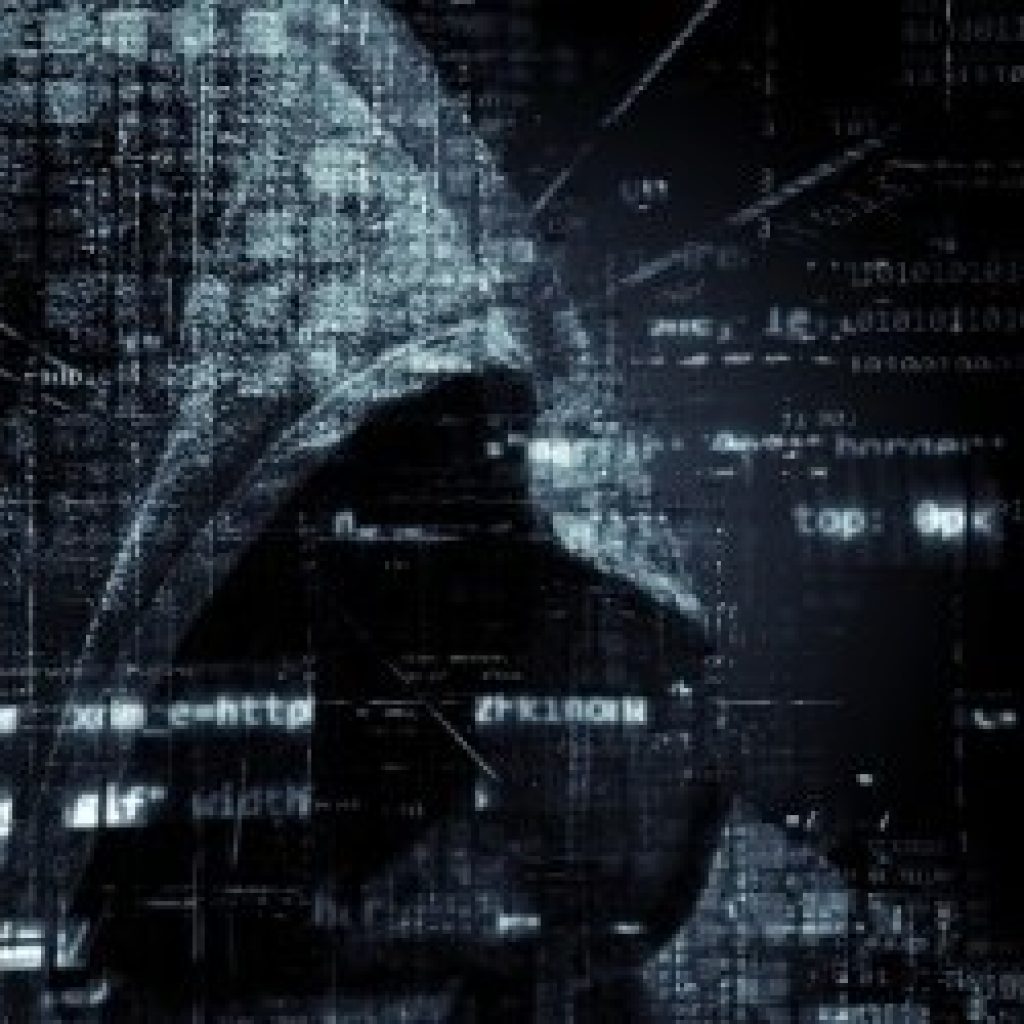(DiscoverMagazine) Takahiko Satoh at Keio University in Tokyo and a number of colleagues. This group has studied quantum network technology and identified several vulnerabilities that classical networks do not have. Their study suggests these networks will need to be protected in new ways from quantum attacks.
Quantum entanglementis the phenomenon that powers quantum cryptography, teleportation, quantum computing and more. Entanglement is so useful that it is set to become a resource itself, like data or electricity or water. And the primary purpose of the quantum internet is to distribute and exploit this resource in the form of entangled particles. Entanglement is relatively straightforward to produce — quantum optics labs all over the world can produce it more or less on demand. But it is fragile, hard to store and tricky to transmit. That’s why quantum networks are so difficult to build. Almost any outside interference destroys entanglement. Sneeze and you lose it.
So much of the practical work involved in creating quantum networks is in purifying, storing and boosting entanglement as it travels over long distances.
it is always possible to detect when an eavesdropper is attempting to steal quantum information, so this kind of attack is simple to deal with. “We are reassured about the promises of quantum networks from the confidentiality point of view,” say Satoh and colleagues.
However, other aspects of network performance — the network integrity and availability — fare less well under quantum attack. Satoh and company point out that if hackers inject their own entanglement into the network, they can use it to hijack a quantum connection and quantum resources or to disrupt communication. This can reduce or even destroy the integrity and availability of the network.
Such an attack needn’t be quantum in nature. Quantum properties, like entanglement, are so fragile that they can be destroyed with powerful external electromagnetic fields that are easy to generate. What’s more, the nature of entanglement, which stretches across the entire network, could allow disruption to spread far beyond the part of the network that is immediately compromised.
There is a potential solution, which is to encode information in pairs of entangled particles and to keep one half of the pair. Should anything happen to the transmitted pair, the sender can ensure the integrity of the shared qubit.
Keio University Researching How the Next Generation of Quantum Hacks Will Threaten the Future Internet
